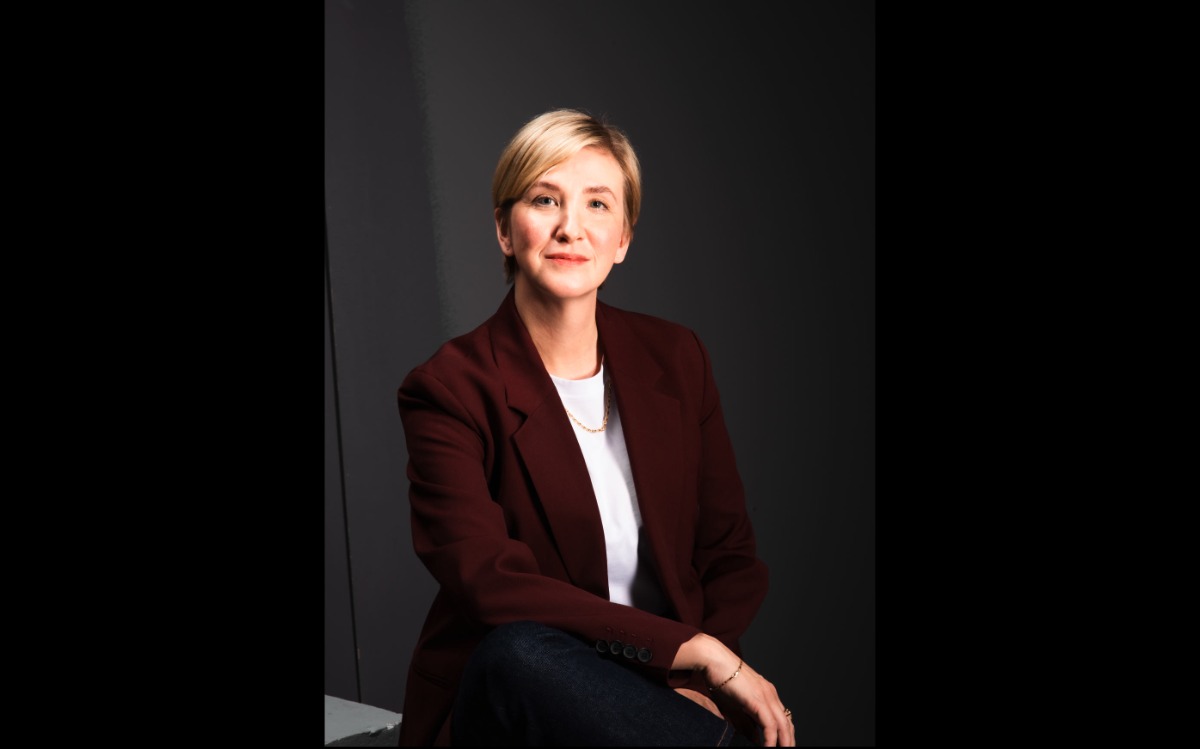
The moment made me feel connected to the art…
An interview with Anna Mustonen, Chief Curator at the Kiasma Museum of Contemporary Art
Anna Mustonen (b.1979, Joensuu, Finland) is a Chief Curator at Kiasma and holds an MA in History of Art from University College London. Anna has worked at leading international institutions and private galleries, including Tate, Kumu Art Museum, Haunch of Venison and Victoria Miro. She has curated exhibitions for Fotografiska, Helsinki Kunsthalle and Kai Art Center in Tallinn, among others.
First time we met with Anna was during Frieze London 2024 where she was with Temnikova&Kasela Gallery. We connected straight away with a feeling that we definitely need to stay in touch, especially as both of us are from the Nordic-Baltic region and deeply involved into the art processes.
Today as we speak, Nordic Countries Pavilion announced artists for the 61st International Art Exhibition – La Biennale di Venezia, and the exhibition will be curated by Anna Mustonen.
Please, tell us a bit about yourself.
My family traveled often when I was younger, which was my first real introduction to the arts. I vividly remember visiting the Musée d'Orsay in Paris and seeing a group of children discussing artwork, pointing out small details – like bits of sand – in the paintings. It was not a structured approach to art analysis, but nonetheless incredibly engaging way of interpreting art. That moment made me feel connected to the art in a different way.
After high school, I moved to the UK to study History of Art. I spent a year in Paris during my undergraduate studies and later earned my MA at UCL in London. I interned as a curatorial assistant at Tate for a year, where I had the incredible opportunity to work with Frances Morris, among some other amazing curators. However, a real baptism by fire was at Kumu in Estonia. I started working there a year before its opening as an assistant curator for its inaugural exhibition and stayed there for another year and a half, working on the CULTURE 2000 project and other museum initiatives.
Later, I transitioned into the commercial art world, working with Victoria Miro for five and a half years, in exhibitions and artist development, subsequently moving to other galleries. Despite spending much of my career in commercial side, I have always maintained a curatorial side, organizing exhibitions and projects independently. For example, I curated a section at a photography festival in Oxford with Finnish artists Pentti Sammallahti, Arno Rafael Minkkinen, Susanna Majuri and Veli Gränö, when heavily pregnant with my first son in 2014.
Around six years ago, when I returned to Finland with my young family, I was more involved with digital art, which proved to be particularly valuable during the COVID-19 pandemic due to its accessibility. I however also curated exhibitions at Fotografiska, Kunsthalle Helsinki, and the Kai Art Center in Tallin.
Now, I have spent my first 5 months at Kiasma and having my first professional role in Finland feels like a meaningful return to my roots. It is exciting to work within a Finnish institution, and I look forward to what is ahead.
It is interesting that you gained so much experience abroad before joining an art institution in Helsinki. Why did you choose the UK for your studies?
I actually considered studying in France as I speak French, but at the time, the UK was seen as a more progressive environment for studying. In France, the approach I think is more traditional, in contrast, the UK encouraged critical thinking; you were expected to question everything, defend your opinions, and analyze art in a more open-ended way.
When I arrived in the UK in the late 1990s, contemporary art was not just separate from traditional art – it was deeply intertwined with music, literature, and other creative fields. This was a stark contrast to Finland at the time. Being surrounded by such an open and adaptable art scene was incredibly inspiring.
And what about now? Did you return to Helsinki because you were ready for it, or was Helsinki ready for you?
I would say a bit of both! Working in a major metropolis gives you a different perspective, and while I do miss aspects of that life, being back in Finland has given me a new appreciation for what a smaller scene can offer. Here, you can really see the impact of your work.
Although Finland is not at the center of Europe geographically, we play an important role in connecting different regions – especially as a mediator between the Nordics and the Baltics. A great example of this is the Helsinki Biennale, organized by our friends at the Helsinki City Art Museum, which will take place again in June 2025, bringing the international art world to Helsinki.
However, one of my personal goals is to increase the number of Baltic-related exhibitions. The Baltics have a deep historical connection to Finland, and I am very eager to explore and develop this area further.
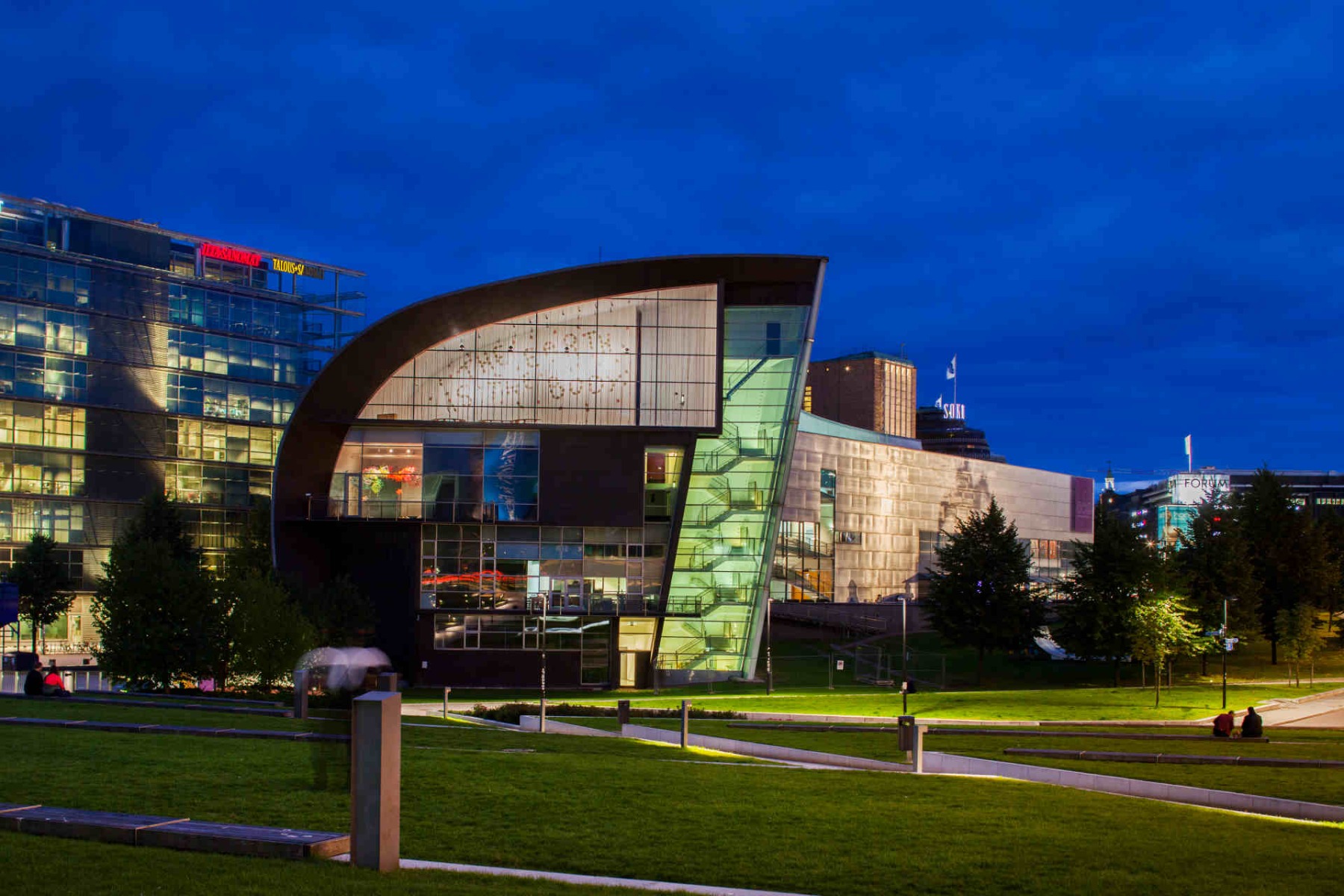
Let’s talk about Kiasma. How did you feel about joining the institution? What is your curatorial vision for its program and development?
Kiasma has gone through some exciting changes in recent years. Last year, we welcomed a new director, Kiira Miesmaa, and since our backgrounds are quite similar, it really felt like a fresh chapter for the museum. There is a renewed energy at Kiasma, and I am excited to be part of it.
My approach is all about developing a dialogue between the local and the global. With my experience, I hope to bring fresh perspectives to the museum and collaborate with institutions and artists whose work invites multiple interpretations. For example, an Australian artist I have worked with previously Patricia Piccinini, her art can be viewed through various lenses – emotive, feminist, scientific. I would love working on similar projects that challenge audiences and encourage them to see both art and the world in new ways. Making exhibitions thought-provoking is a core part of my approach.
In these times of profound change and global transformation, themes of identity, cultural heritage, and our ties to the past also feel more relevant than ever. I also sense that public interest in these topics is growing, and artists are increasingly exploring them in fascinating ways.
Even though I have previously worked extensively with digital art, I also enjoy the resurgence of the more conventional media, this interests me a lot recently. Contemporary art museums are frequently thought of as being very much about what is happening right now, but I also enjoy connecting the dots with the past because it is also our cultural legacy. In times of change, we are examining our own identity, sense of being, and culture. People want to go to something stable that gives them a sense of hope and helps them to stay connected.
Monira Al Qadiri: Deep Fate. Exhibition view. On view at the Contemporary Art Museum Kiasma until January 18, 2026. Photo: Finnish National Gallery / Petri Virtanen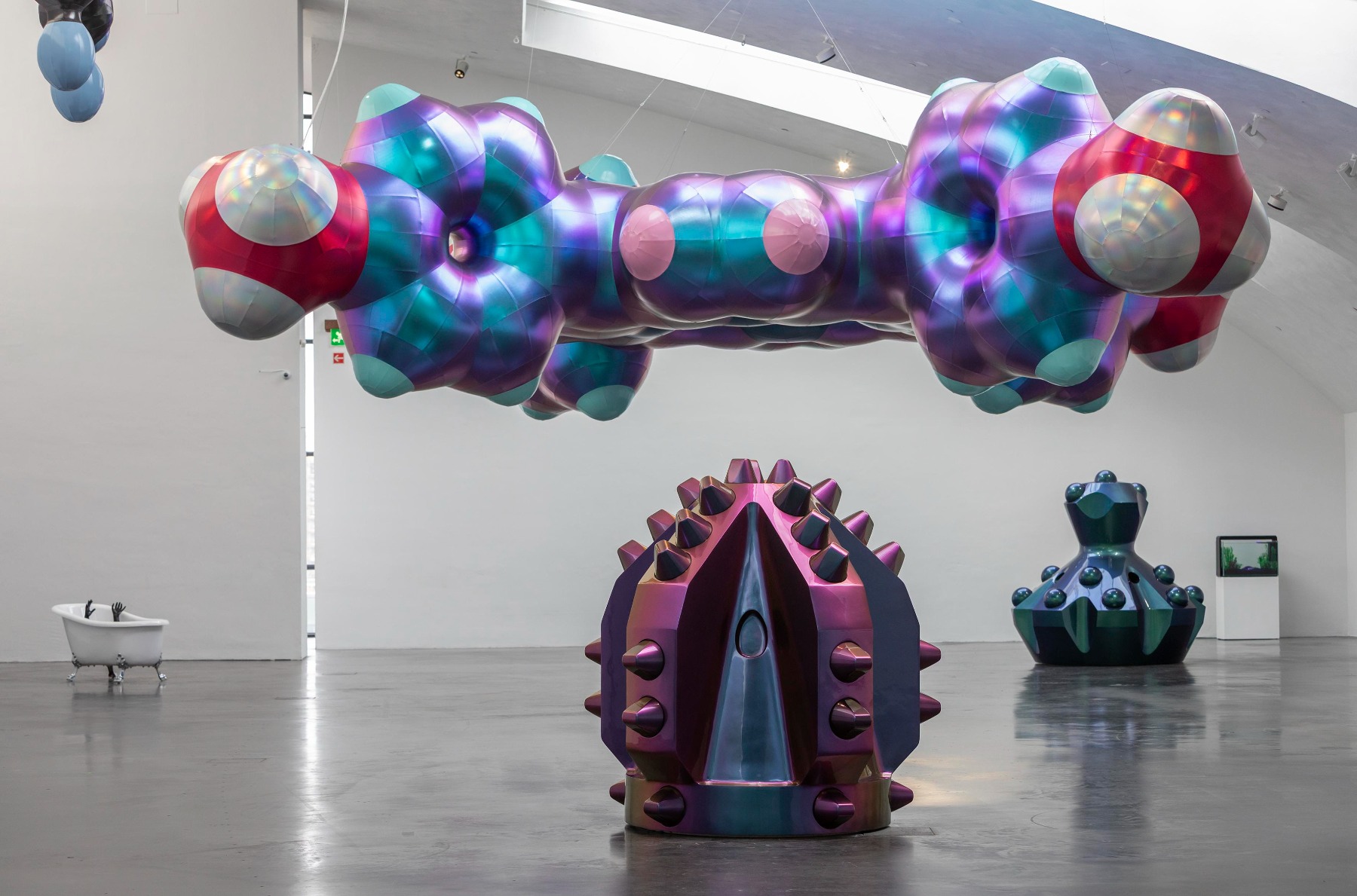
What changes has Kiasma gone through recently?
In the recent years have been challenging due to the COVID-19 pandemic, economic factors, and accessibility issues in the art world. Government funding for the arts has been cut or questioned in many places, and we have all had to adapt, some more than others of course. Change is inevitable, and it is crucial to rethink how we can make art more accessible and sustainable.
Can you share what you are currently working on? What exhibitions are planned at Kiasma?
I am particularly focused on strengthening Kiasma’s collaborations, particularly in the Nordics and Baltics. Given our shared history and cultural connections, this is something I find especially exciting.
We also have several major exhibitions coming up. Sarah Lucas will have her first-ever solo exhibition in the Nordic region this October. It is surprising that she has not had one here before, considering her three-decade-long career. I believe this will be a significant and well-received event in Finland.
The Museum of Contemporary Art Kiasma has selected Klara Kristalova, Benjamin Orlow and Tori Wrånes to represent the Nordic Countries Pavilion at the 61st International Venice Biennale. The exhibition will be curated by Anna Mustonen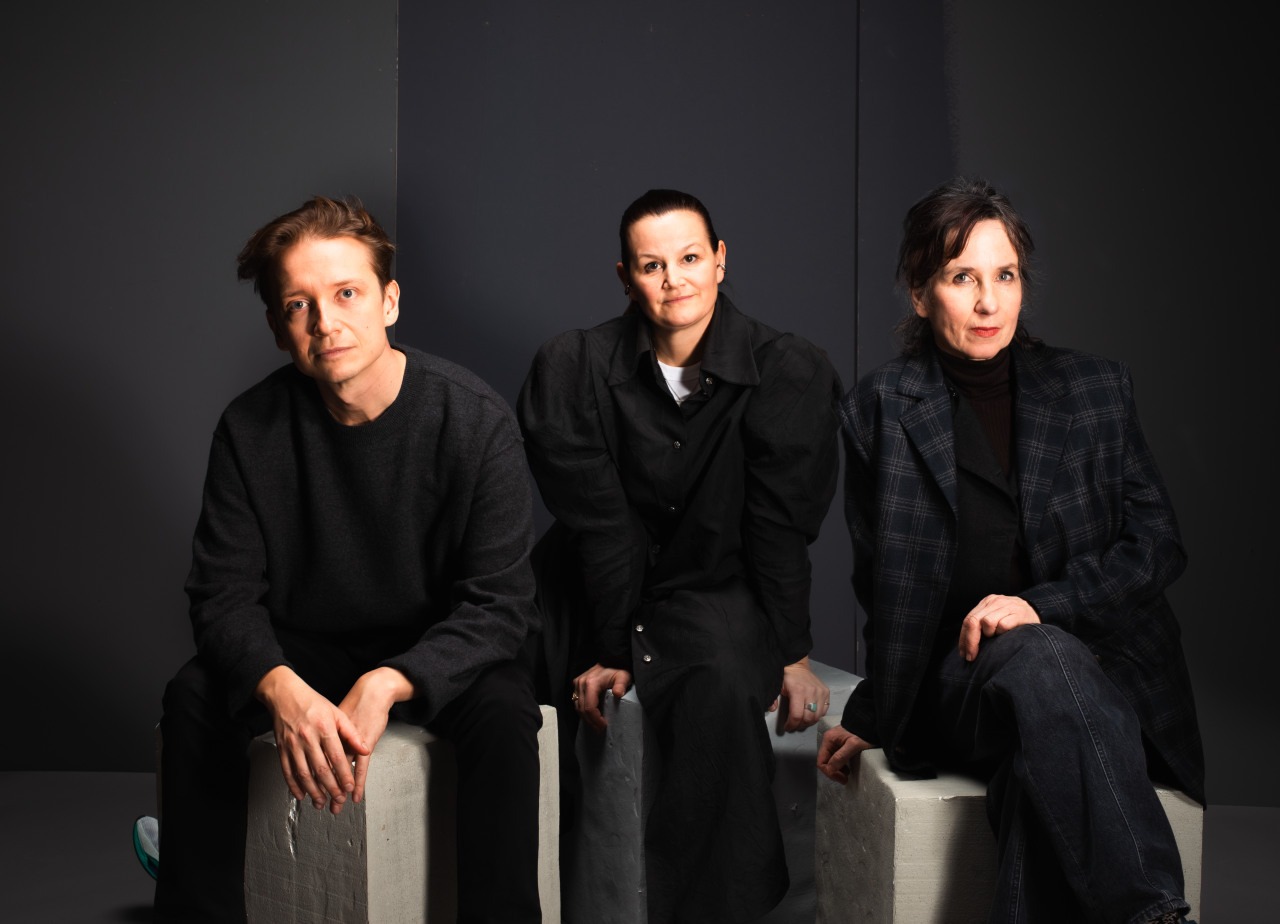
Have you proposed any new ideas for Kiasma’s program since joining?
The exhibition schedule for this year was already set when I joined, so my role has mainly been to support ongoing projects. However, I am actively involved in planning upcoming exhibitions, including our participation in the Venice Biennale in 2026. Kiasma is commissioning the exhibition in collaboration with Moderna Museet in Sweden and OCA – Office for Contemporary Art Norway, which is a fantastic partnership.
For the Nordic Countries Pavilion at the 61st International Art Exhibition – La Biennale di Venezia, we have selected Klara Kristalova, Benjamin Orlow, and Tori Wrånes to represent the region. Their exhibition will take visitors on a journey through an interplay of imagination and reality, weaving together Nordic cultural heritage with global narratives. Sverre Fehn’s iconic pavilion architecture will also play a key role, almost like a fourth artist, creating a dialogue between art, culture, and the built environment.
Next year’s Pavilion is really designed as a true collaboration, with the artists working closely together. It is an enormous honor for me to be part of this project and to work with such an incredible group of artists in this unique setting. The exhibition will explore themes of Nordic mythology and its connections to contemporary issues, including the geopolitical challenges we face today. Since the artworks will be primarily sculptural, the medium itself will establish a link to tradition and the past.
Although each artist has a distinct artistic language, Benjamin, Klara, and Tori share a deep engagement with transformation, resilience, and vulnerability, often blurring the boundaries between reality and imagination. Their work bridges Nordic mythology with broader global conversations around identity and cultural survival.
As for Kiasma’s program, I hope to bring in similar themes – art that is historically significant yet deeply relevant today. But I cannot share too much just yet!
Works by Maija Tammi at the group exhibition "Milky Way Tour". On view at the Contemporary Art Museum Kiasma until March 28, 2025.Photo: Finnish National Gallery / Petri Virtanen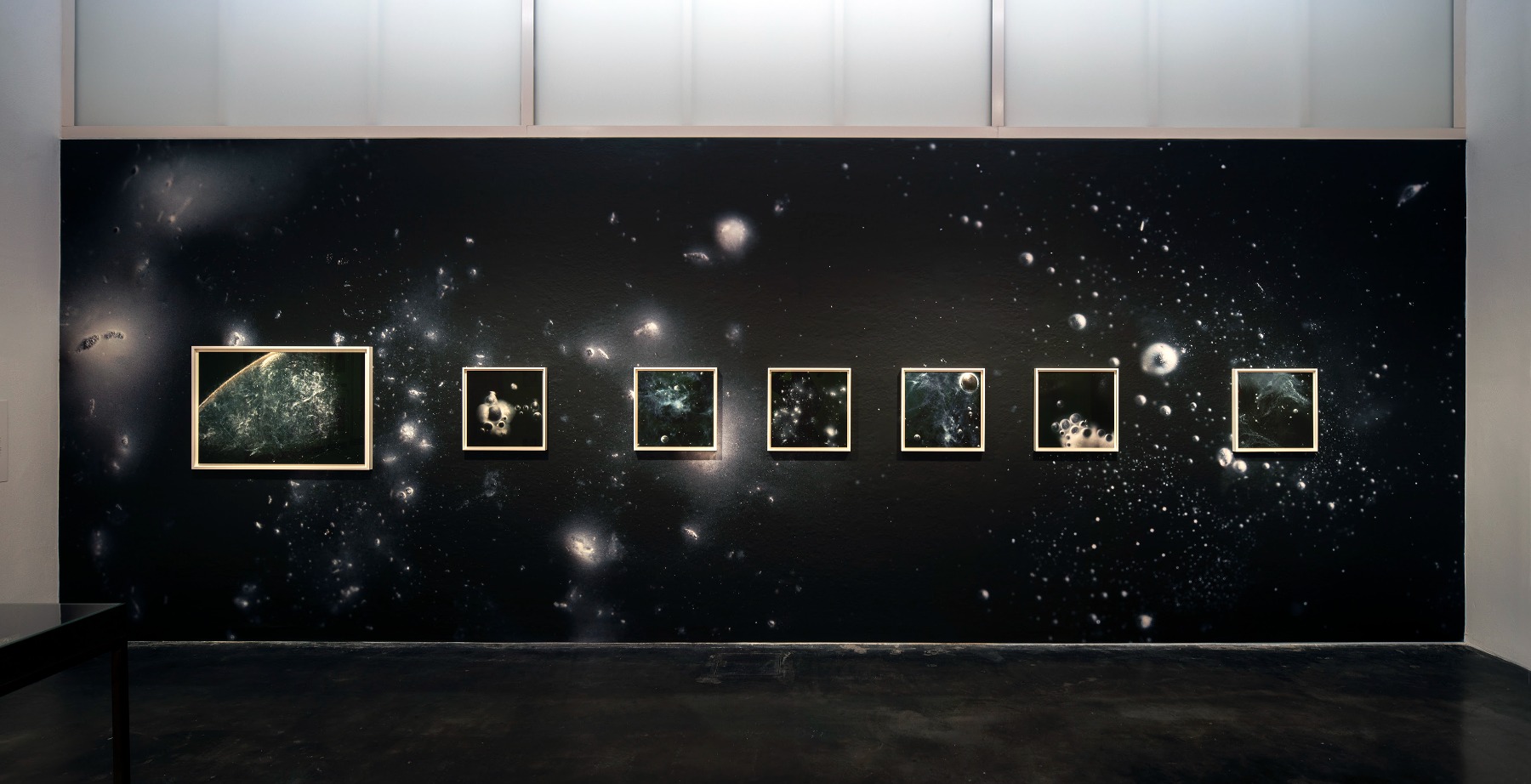
How have Kiasma’s visitors changed over the years? How is Finnish society responding to contemporary art?
The demographics of Kiasma’s audience have changed significantly. Today, we see a much more diverse group of visitors in terms of nationality, religion, and cultural background. This means that Kiasma, as part of the Finnish National Gallery, must continuously evolve to remain relevant and accessible to a broad audience.
When Kiasma turns 30 in a few years, the landscape will look entirely different than it did when it first opened. We now must consider how to make the museum welcoming for all communities. For example, there is still a gap in engagement among young people from diverse backgrounds. In some cases, art remains a luxury rather than an integral part of the everyday life.
During a recent visit to France, I was struck by how packed the museums were on a Sunday afternoon, with families and children engaging with art. I would love to see even more of that in Finland.
On the wall from left to right: Guillaume Paris, Bad Anima, 2012; Greta Alfaro, In ictu oculi (In the Blink of an Eye), 2009. Photo: Finnish National Gallery / Petri Virtanen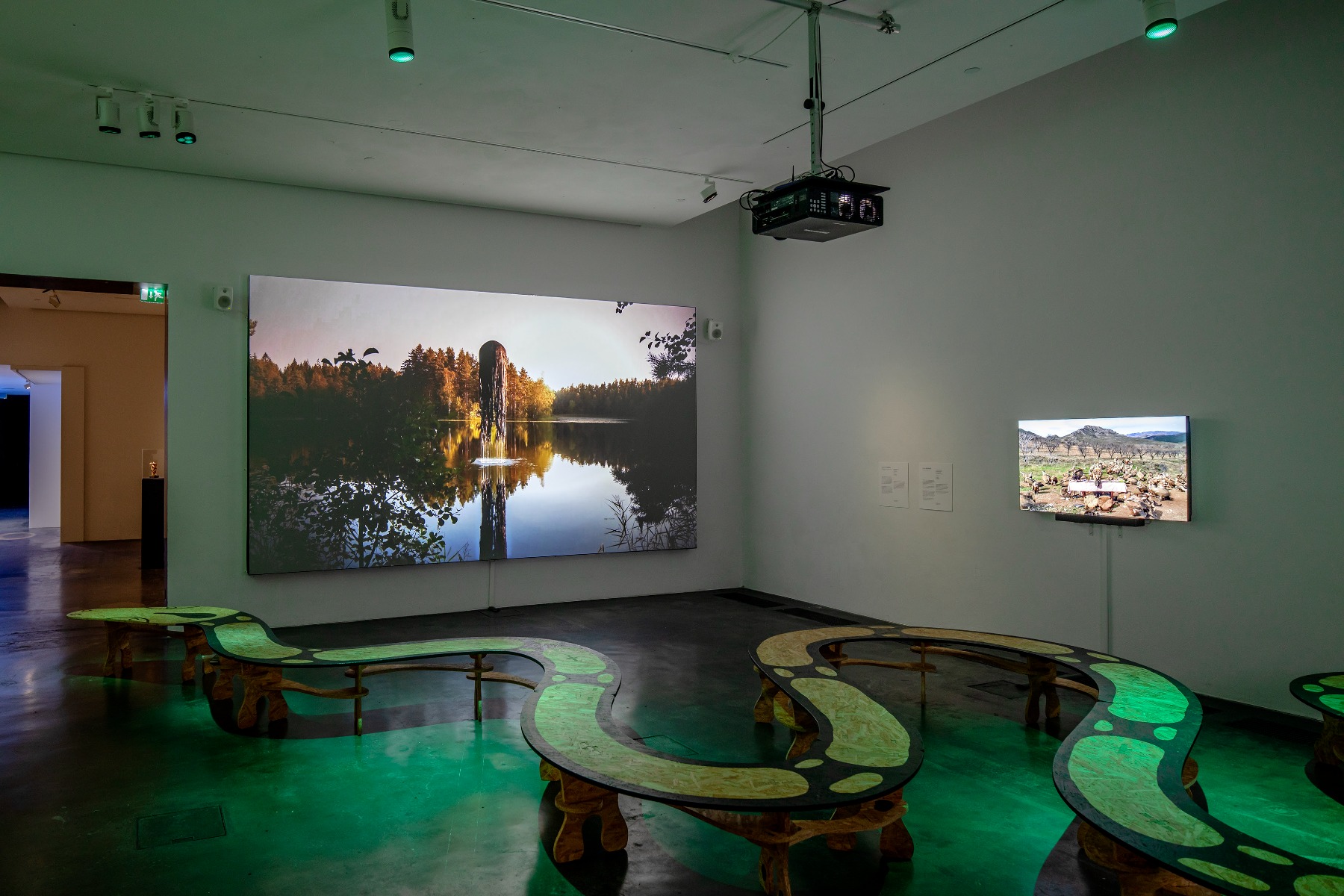
What is the current situation for artists, especially considering budget cuts?
While budget cuts are always a concern, Finland is in a relatively better position compared to some other countries, thanks to the availability of grants.
At Kiasma, we are of course constantly engaging with contemporary, living artists and that comes with certain responsibility. We make a conscious effort to attend exhibitions, support artists, and to also ensure that the National Gallery of Finland’s (that Kiasma is part of) collection remains both balanced and relevant.
Are you planning collaborations with other museums?
Absolutely, we are working closely on an exhibition with another Nordic institution for 2026. Kiasma is also looking at ways to make better use of our collection while also borrowing from others. Our current exhibition, Milky Way Tour, has several existing pieces from the National Gallery of Finland’s collection, and I would love to continue this approach – instead of always shipping art internationally, we can create more sustainable exhibitions using our existing resources.
How would you like to challenge Finnish art in the world’s contest? How do you see Kiasma in world’s contact?
I am particularly drawn to projects that are audacious – especially when they tackle controversial themes without being deliberately provocative. When a project is grounded in strong programming and incorporates an educational element, that is something that truly excites me.
I also believe that, despite what some may say, contemporary art can be for everyone. It is important to challenge preconceived notions about what art can be. Our exhibitions are designed with an educational purpose in mind, and I have great faith in people’s intelligence and perceptiveness. You can present challenging ideas in different ways while still developing an open and meaningful dialogue.
Of course, resources can sometimes be a limitation. But at Kiasma, we are fortunate to have an incredible team dedicated to public programming. Their work is vital in engaging audiences and ensuring accessibility in multiple forms. Recognizing the value of these programs is essential in making contemporary art more inclusive and impactful.